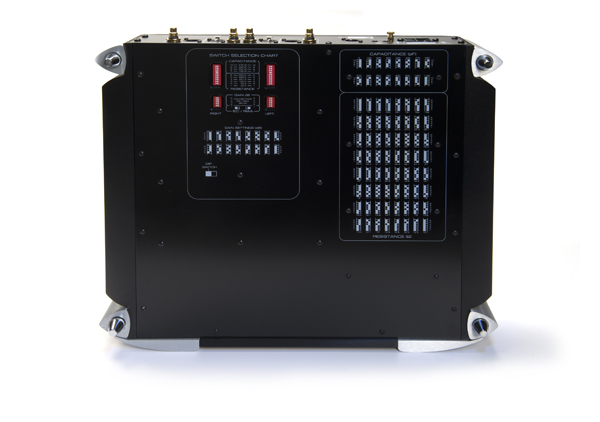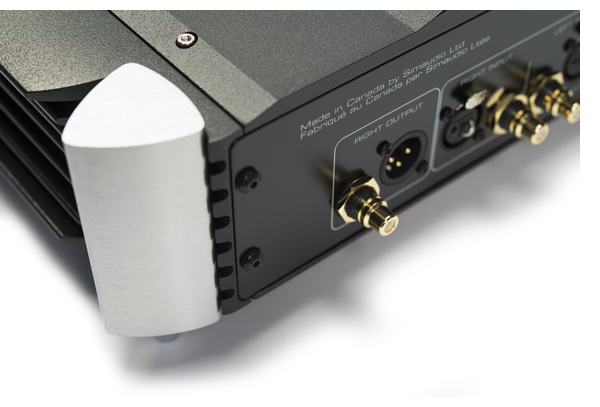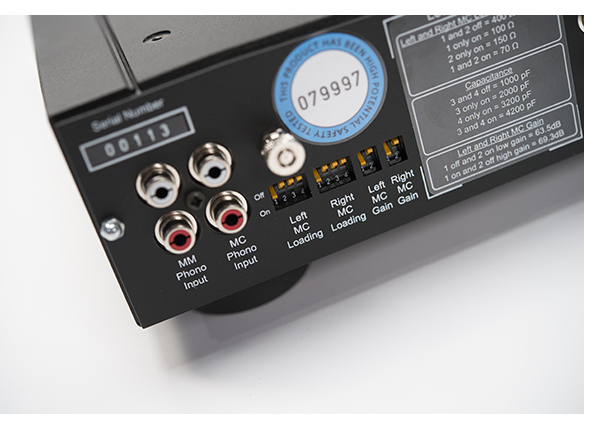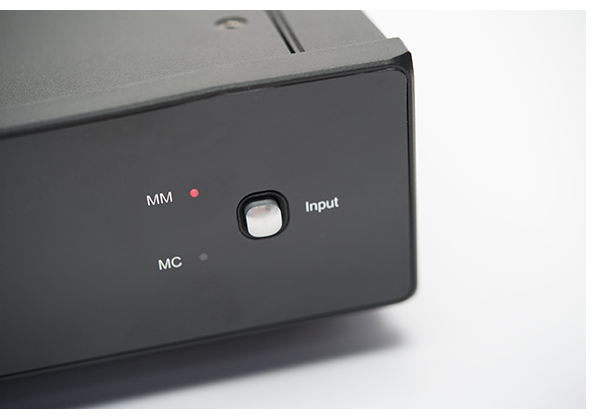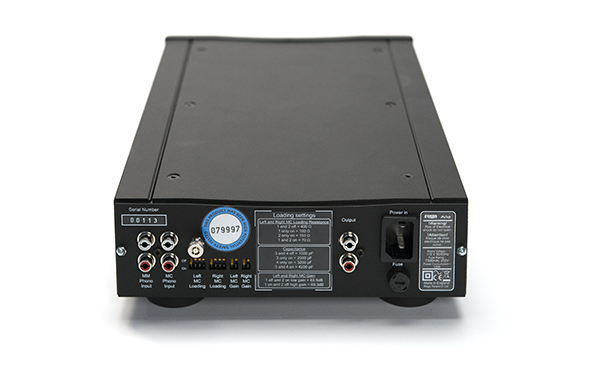 Being an enthusiast of great industrial and mechanical design, I hold objects that perform as well as they look in the highest esteem. I confess to becoming an admirer of the AMG V12 the second I saw pictures of it. When I saw the V12 in person, had I been sitting on an analysts couch, performing a word-association drill, Leica would have been the first word that came to mind. Imagine, those of you who own or have owned a Leica (or an older 500-series mechanical Hasselblad), that the camera maker decided to enter the turntable business and bring its level of machining expertise to turntable design.
Being an enthusiast of great industrial and mechanical design, I hold objects that perform as well as they look in the highest esteem. I confess to becoming an admirer of the AMG V12 the second I saw pictures of it. When I saw the V12 in person, had I been sitting on an analysts couch, performing a word-association drill, Leica would have been the first word that came to mind. Imagine, those of you who own or have owned a Leica (or an older 500-series mechanical Hasselblad), that the camera maker decided to enter the turntable business and bring its level of machining expertise to turntable design.
But craftsmanship from a brand like Leica goes so far beyond simple aesthetics. How would a turntable manufacturer translate the damped feel of a Leica focusing mechanism, or the positive engagement of a Ferrari gearshift, or the vault-like sound that a Rolls Royce door makes to the language of turntable design? Germany’s AMG (for Analog Manufaktur Germany; no relation to the Mercedes-Benz design branch by the same initials) puts the same level of artistry into its V12 turntable. Its design allows users to operate the capacitance-controlled power and speed switches and feel the effortlessness of the tonearm, while the uniformity of its machined and anodized surfaces provide a visual package as stunning as the turntable’s performance,
At $16,500, a cost which includes the wooden base and 12-inch AMG tonearm, the V12 achieves price parity with its peers from AVID, Clearaudio, SME and others. During a conversation with AMG designer and principal Werner Röschlau at the Munich High-End back in May, I learned of the high level of refinement that the V12 offers and that this is not really his first attempt at building a turntable. Röschlau, who is an engineer by trade, did high-precision machine work for a few top turntable manufacturers for over a decade. Along with his own design expertise, Röschlau applied what he learned working for those manufacturers to the V12.
This turntable is the epitome of simplicity in look and operation. Röschlau tells me that every aspect of the tables’ design revolves around simplicity, functionality and longevity. “I truly hope that these turntables outlive me,” he says with a smile.
Sharpen Your Skills
The V12 offers an amazing combination of weight, stability and delicacy. The SME arms that I use on a number of tables feel thick and clunky compared to the V12 arm (though the former are easier to adjust at first). Again, the comparison to a Leica comes to mind with the V12, as I reflect on the turntable’s small, lightweight, minimalist controls that make perfect sense once you get used to them.
It’s often said that people who are masters of their craft make things look deceptively easy. Sitting at home watching Sebastian Vettel win the F1 championship, you think, “How hard can it be? I can drive a car.” I was thinking the same thing, as Garth Leerer, the US importer for Musical Surroundings, fine-tuned this table.
But this tonearm does not invite constant fiddling like a Tri-Planar does; the V12 arm is perfect for someone who sees turntable setup as something you do once, rather than for someone who sees it as an ongoing sport. AMG includes a full set of allen-head screwdrivers for every one of the V12’s adjustments, though the instruction manual falls woefully short in terms of helping the uninitiated—there are no pictures. If you haven’t set up your fair share of tonearms, this may not be the best place to begin your analog-setup journey.
The manual does warn you to use a light touch when making all adjustments. The screws are all tiny: .65-, 1.5- and 2-mm allen-head screws that disappear into the casework, further contributing to the ultra-clean design. But excess torque will destroy the subtle handiwork, so proceed with extreme care.
Another tip for those of you adding the V12 to your system: Level the plinth before you attach the platter, as one of the three-adjustment screws is under the platter and cannot be accessed once you’ve fully assembled the table. You should also be sure that the V12 is on a very solid surface, as the weight of this table will sink into any wooden rack shelves you might have.
Adding the optional HRS platform made specifically for the V12 boosts performance even further, with better low-level detail and transient slam, but the upgraded platform is not necessary—the V12 is enjoyable delivered from the factory as is. But Leerer mentions that he feels the sound of any turntable can be improved by better isolation, such as that offered by the HRS platform, which offers a similar performance increase when I pair it with my fully suspended AVID Volvere SP turntable. The HRS platform is a $2,500 upgrade that is well worth the investment.
Though the V12 requires a steady and patient hand to optimize it, the end result is more than worth the effort. And if you subscribe to the philosophy of form following function, there may be no better example of record-spinning art than the V12. Even the belt-drive mechanism is handily hidden beneath the platter—the mechanism slips on easily if you use the enclosed spiked wooden tool according to the manual. (The turntable manual is much better than the tonearm manual, and it’s well illustrated.). Röschlau makes it a point to mention that even this step, while appearing a style move, “Keeps the belt out of the environment and free of dust and UV rays.”
The V12 sounds as good as it looks, perhaps even better. Immediately upon power up, the V12 feels solid and elegant—this is a serious record-playing machine. The glowing red speed buttons turn to green with a mere touch. And the V12 can accommodate 78RPM playback, for those with legacy collections.
We can argue about the merits and shortcomings of a 12-inch tonearm versus a shorter tonearm, but the main argument for a longer arm is minimized tracing distortion. Here, the V12 succeeds brilliantly by utilizing an incredibly stiff yet lightweight tonearm wand that has an effective mass of only 12.9 grams.
A non-suspended design, the V12 table utilizes a massive CNC-machined plinth and an adjustable, high-mass aluminum “pod” pre-drilled for the tonearm mounting. This removable pod uses a bayonet mount and is geared towards the analog enthusiast wishing to explore multiple tonearm and cartridge options. The finely gradated scale, where the base of the pod meets the plinth, makes it easy to perform the necessary adjustments for other tonearms with slightly different spindle-to-pivot distances.
Listening begins with a well-broken-in Lyra Kleos that has spent enough time on the AVID Volvere SP/SME V and the VPI Classic tables to be a familiar starting point for my review of the V12. The AMG is considerably more expensive than the VPI and still almost a third more than the AVID/SME combination, and the presentation is markedly different. Immediately, there is an increase in resolution from top to bottom, as well as a decrease in distortion. A handful of albums from the “chronic-inner-groove-distortion” bin track through much easier than before.
Camper Van Beethoven’s Key Lime Pie just happens to be at the top of this list. A record that has always felt fairly grainy and etched on top plays now tracks clean. The inner cut on side one, “Light From a Cake,” used to have a more gravely feel to the vocals, usually causing me to prematurely end the side, but now it sounds smooth, with the drums greatly improved and the violin fluid, where this experience used to be torturous.
Investigating other problematic tracks reveals the same thing: an overall continuity and sonic integrity, with no sign of drawbacks. Thanks to the Furutech’s incredibly handy disc flattener, there are no more warped records in my collection, so I can’t comment on the longer tonearm’s ability to track highly warped records.
Time Flies
Now that I’m comfortable with the sound of the V12, exploring different cartridges is in order. Next stop is the Sumiko Palo Santos, which has been favorably reviewed here, and offers a similar tonal balance to the Koetsu Rosewood Signature Platinum. Slightly rich tonally, this combination provides excellent extension and a somewhat warm rendition of the lower frequencies.
The AMG tonearm transforms the Palo Santos cartridge. Sounding almost too warm and a little tubby with the SME 312 tonearm (also 12 inches), the Palo Santos snaps to life on the AMG, now with more definition in the lower registers. Lynyrd Skynyrd’s classic Street Survivors, via the recent MoFi Silver Label release, proves enlightening, with the multiple layers of guitars now having more bite than before; yet, the overall presentation retains the smoothness that is the signature of the V12.
The more time I spend with the V12, the more the palette it paints feels like open reel tape. Herbie Hancock’s masterpiece, Empyrean Isles, unfolds just as it did when I heard the master tape during the Music Matters remastering session, with the presence of each of the four virtuosos retaining distinctly separate spaces and with the musicians’ complex improvisations intact. The V12 delivers percussion and cymbals that are rich with attack and decay, but that strike a perfect balance of timbre and tone.
Diva Approved
Of course, the female voice is the litmus test for so many audiophiles, so a thorough exploration again reveals the extremely low distortion this configuration is capable of. Now, having moved to the Clearaudio Goldfinger cartridge, the bar is raised considerably. Anyone doubting that this table can carry what is arguably one of the world’s finest (and, at $15,000, most expensive) cartridges is selling the AMG table short.
Marianne Faithfull’s take on the Rolling Stones’ classic “As Tears Go By,” from her 1987 record Strange Weather, is sublime, with the V12 extracting every bit of her addiction-scarred voice, and with Bill Frisell’s guitar hiding in the background, wandering in and out of the mix. Faithfull’s voice is tough to capture, but the V12 gets every bit of grit out of the vinyl, highlighting the differences between the original pressing and the ORG 45RPM remaster.
Wilhelmenia Wiggins Fernandez’s rendition of Aria from ‘La Wally’ illustrates how well the AMG/Goldfinger combination paints the striking sustain of the solo voice in an operatic setting. Much like being called on to reproduce the violin, the combination demands tonal purity and a wide dynamic range, or else the illusion is lost. Fernandez’s voice feels as if it is floating in front of me, even on the most dramatic passages. For those unfamiliar with this piece, it is featured on the soundtrack of the ’80s cult-classic film, Diva.
After living with the AMG V12 since mid June, I’m as smitten with it as the day I first unboxed it—not always an easy feat in the wacky and rapidly evolving world of high-end audio. It’s often too easy for the charm that captures you in a dealer or hi-fi show demo to fade all too quickly after the excitement of the purchase wears off. A cursory look at the online buying-and-selling community Audiogon will reveal this to be the case with so much gear.
I’m happy to say that this has not happened with the V12—hence I’ve purchased the review sample to make it a permanent part of our reference system. There is still more information to be culled from your LP collection, but it’s going to take a lot more money to get there, especially if you’ve paired your V12 with a flagship cartridge like the Clearaudio Goldfinger, Lyra Atlas or something comparable.
The AMG V12 is such an excellent value, in terms of performance for the price, meticulous build quality and timeless style, that we award it our Analog Product of the Year award. -Jeff Dorgay
The AMG V12 Turntable
MSRP: $16,500 (includes wooden base and 12-inch AMG tonearm)
Please click here for the AMG Factory site
Please click here for Sierra Sound, the US Distributor of AMG
Peripherals
| Phono Cartridge | Lyra Kleos Sumiko Palo Santos Clearaudio Goldfinger Statement |
| Phonostage | Audio Research REF Phono 2SE Simaudio Moon 810LP |
| Preamplifier | Audio Research REF 5SE Robert Koda K-10 |
| Power Amplifier | Pass Labs XA200.5 monoblocks |
| Speakers | GamuT S9 Sonus faber Aida |
| Cable | Cardas Clear |





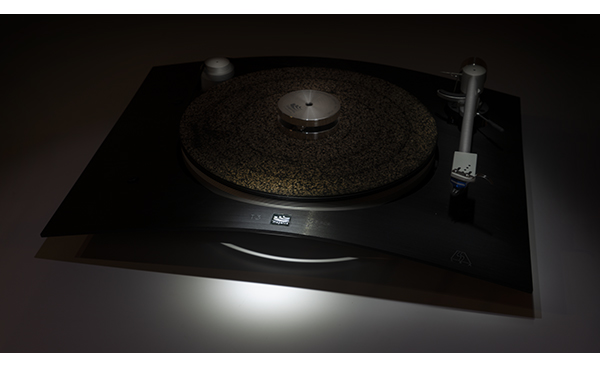
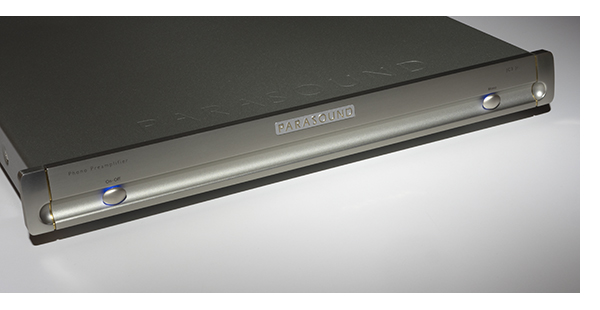
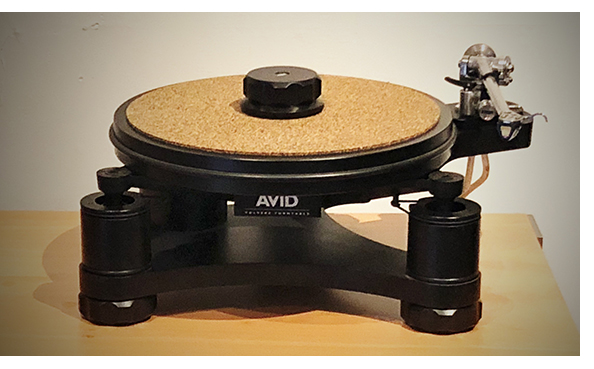
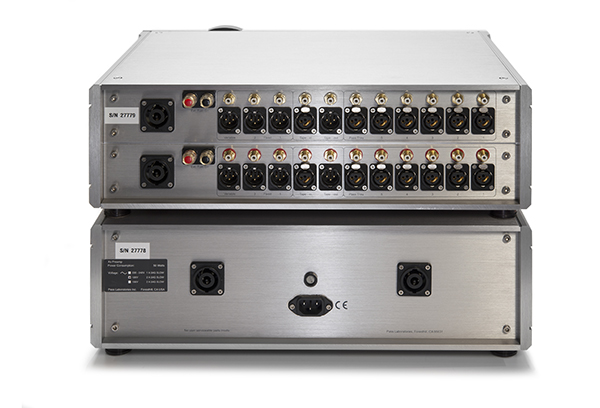
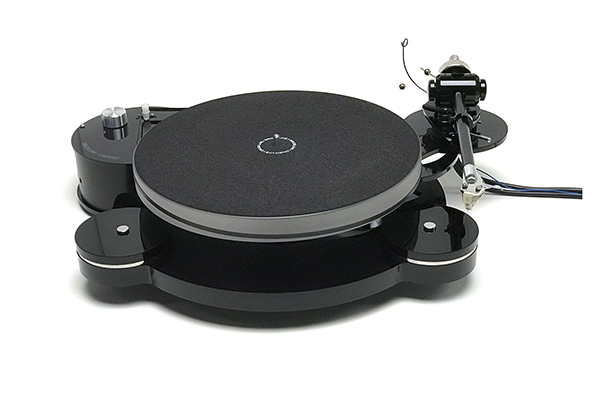
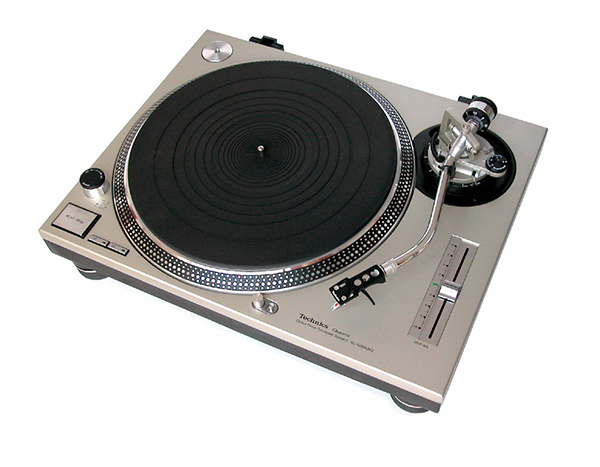
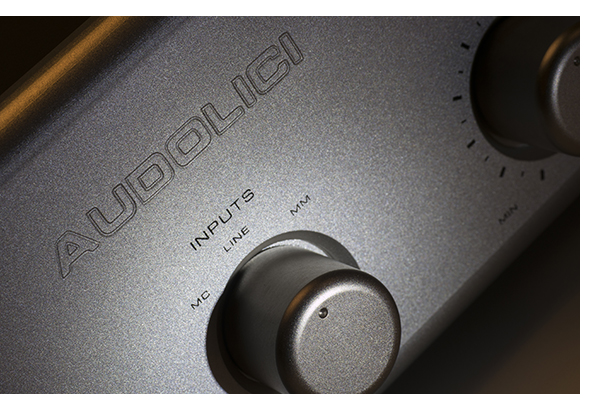
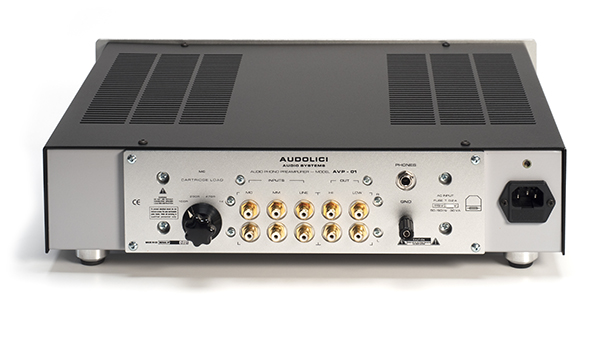
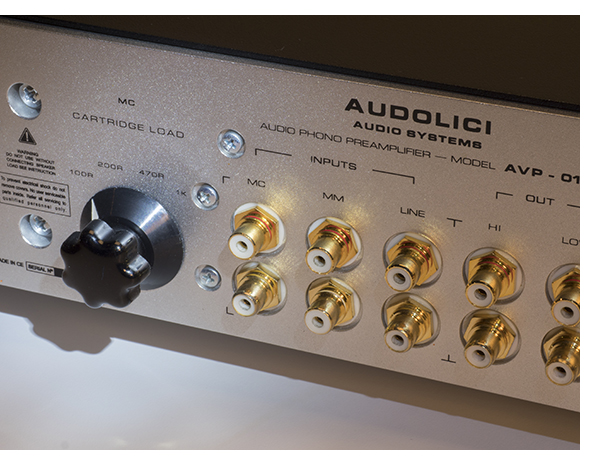
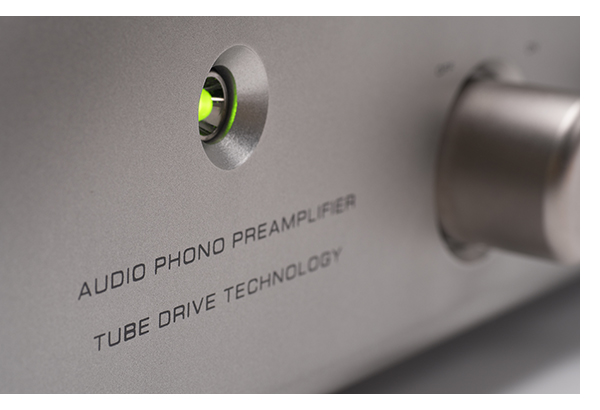
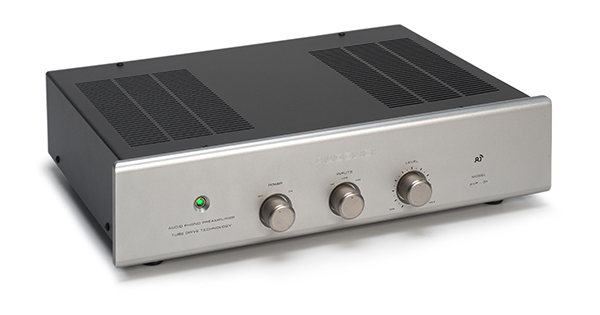
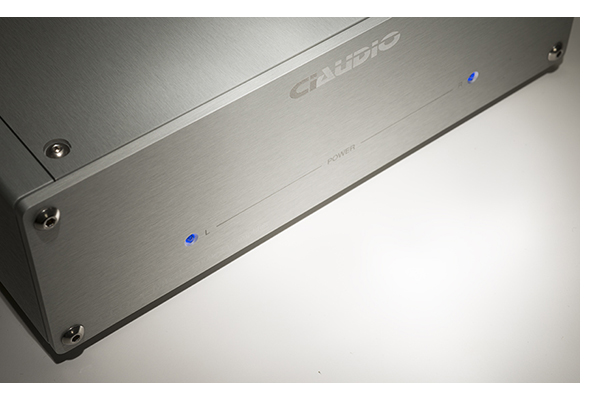
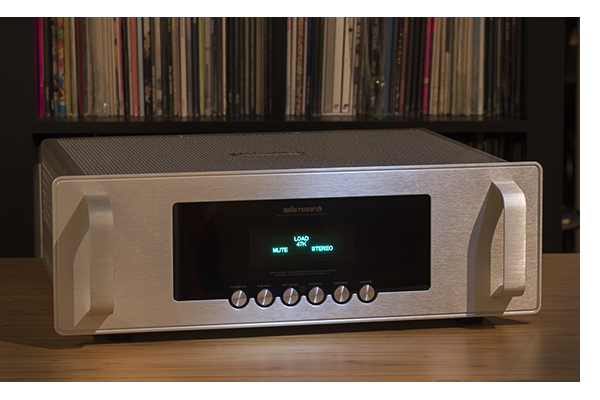
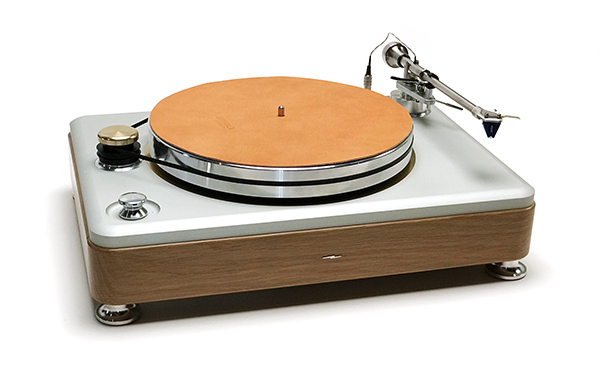
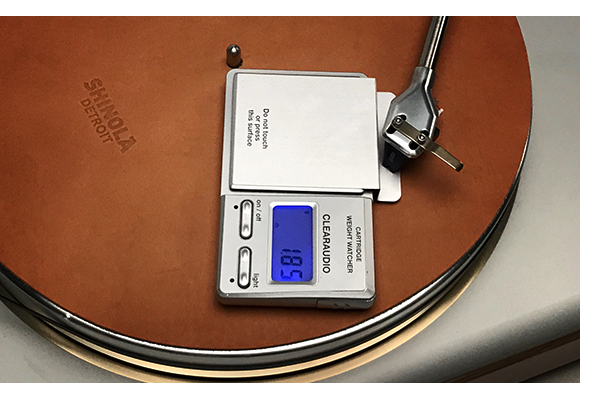
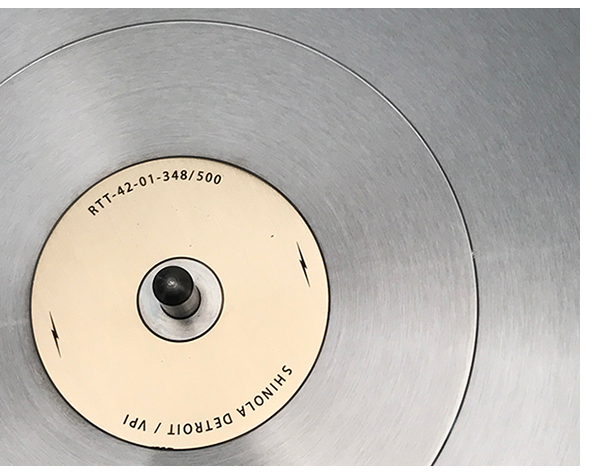
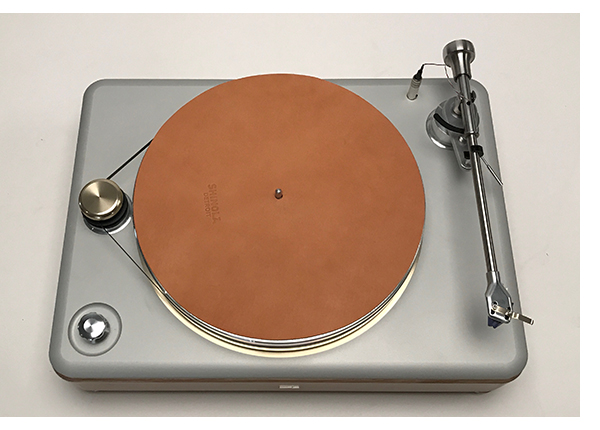
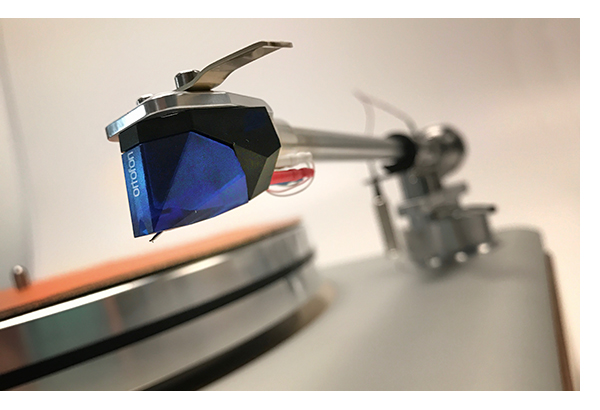
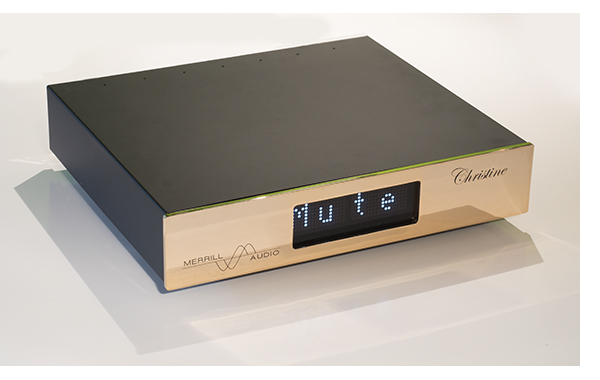
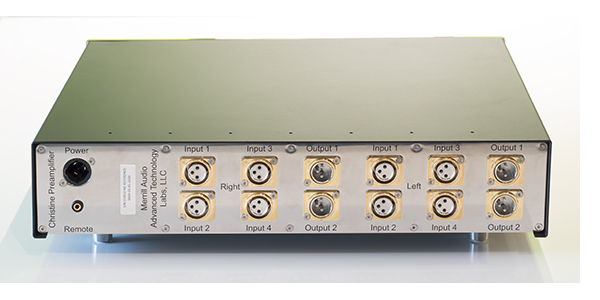
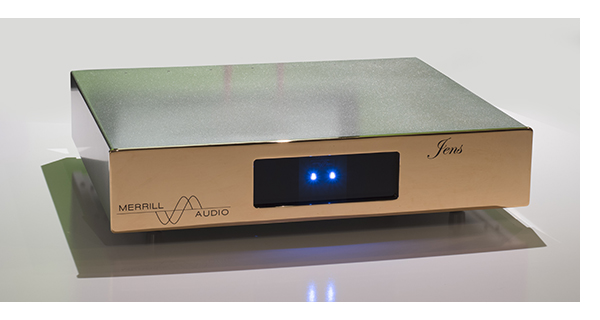
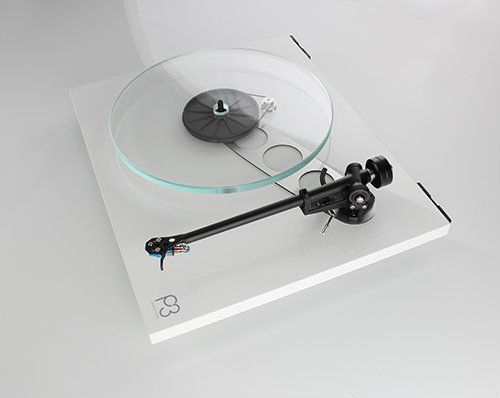
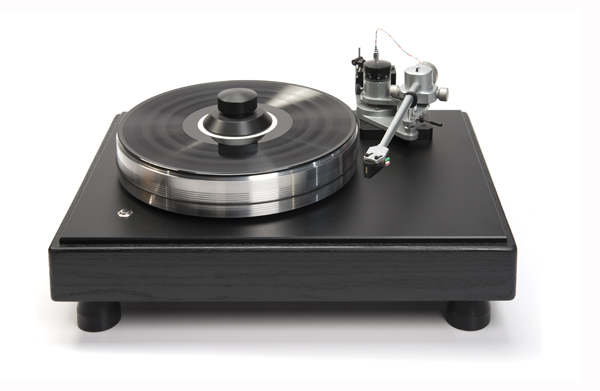
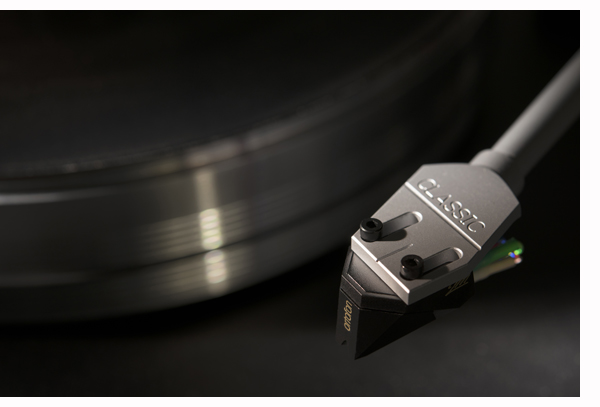
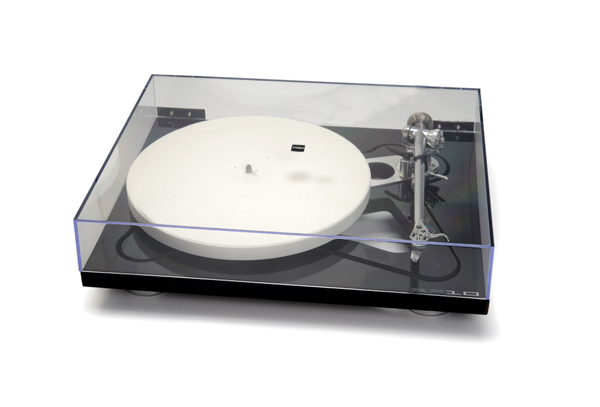 Our publisher has been a Rega fan since the fateful day in the mid-’80s when we happened by our local dealer (Audio Emporium in Milwaukee, Wisconsin) to find them opening a shipment of Planar 3 turntables. As they lifted a bright, fluorescent green table out, the sales guy quipped, “What
Our publisher has been a Rega fan since the fateful day in the mid-’80s when we happened by our local dealer (Audio Emporium in Milwaukee, Wisconsin) to find them opening a shipment of Planar 3 turntables. As they lifted a bright, fluorescent green table out, the sales guy quipped, “What 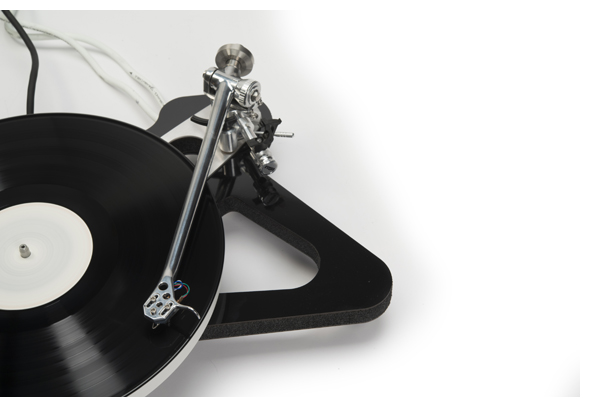
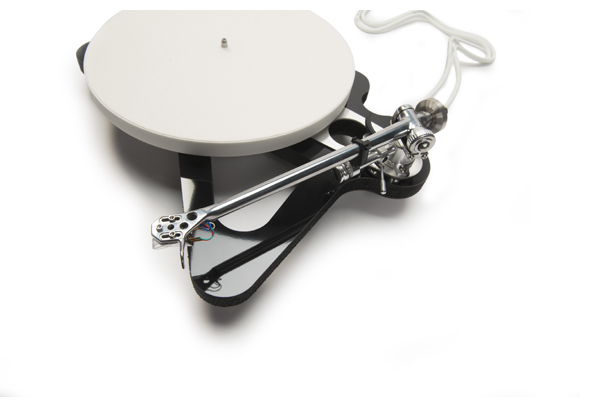
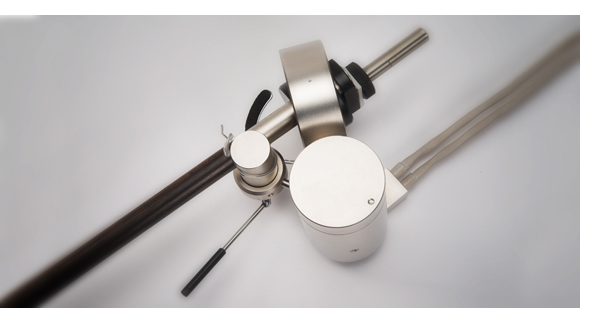 If you are lucky enough to have tried bespoke tailoring in Savile Row, you will know that nothing off the rack really comes close to it. The term “bespoke” originates in Savile Row, a street in Mayfair, Central London, famous for prestigious tailoring for the individual customer. It is understood to mean that a suit is custom measured, cut and made by hand to provide a perfect fit where it literally hugs one’s body. In the world of high-end analog audio, if there is such a thing as a “bespoke tonearm,” the Primary Control tonearm from the Netherlands fits this description.
If you are lucky enough to have tried bespoke tailoring in Savile Row, you will know that nothing off the rack really comes close to it. The term “bespoke” originates in Savile Row, a street in Mayfair, Central London, famous for prestigious tailoring for the individual customer. It is understood to mean that a suit is custom measured, cut and made by hand to provide a perfect fit where it literally hugs one’s body. In the world of high-end analog audio, if there is such a thing as a “bespoke tonearm,” the Primary Control tonearm from the Netherlands fits this description.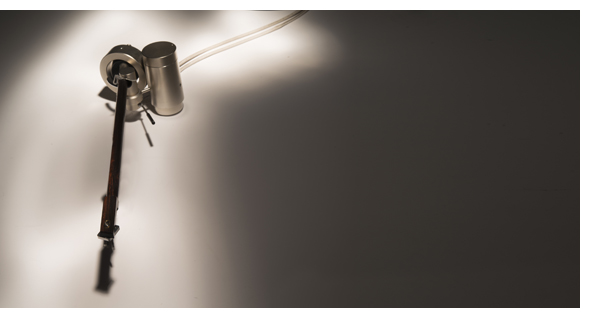
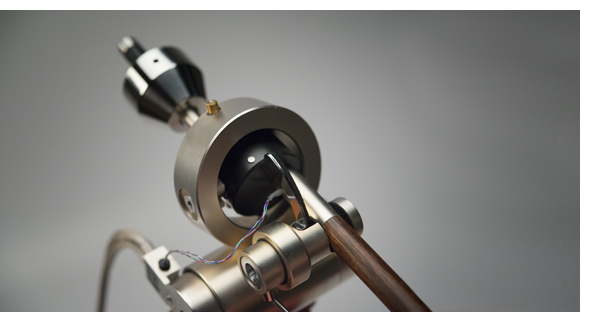
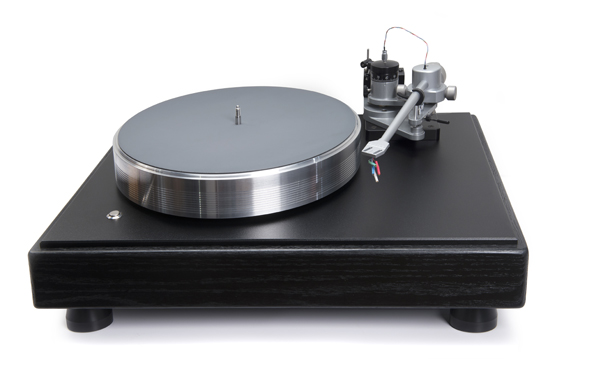 VPI’s Classic One set the standard for analog performance at its price a few years ago when introduced and one is still in service at TONEAudio as a reference component, recently revised by Harry Weisfeld to accommodate an Eminent Technologies tonearm.
VPI’s Classic One set the standard for analog performance at its price a few years ago when introduced and one is still in service at TONEAudio as a reference component, recently revised by Harry Weisfeld to accommodate an Eminent Technologies tonearm.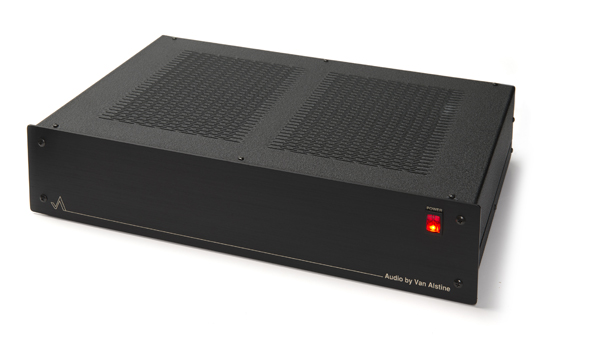 Though famous for his tube designs, Frank Van Alstine is no slouch with solid state either. With passive EQ and no coupling capacitors, this American made phonostage offers no frills high performance. And MC owners take note, AVA can customize the Vision to the loading requirements for your cartridge. We are currently using this with the legendary Denon 103 and it offers mega performance.
Though famous for his tube designs, Frank Van Alstine is no slouch with solid state either. With passive EQ and no coupling capacitors, this American made phonostage offers no frills high performance. And MC owners take note, AVA can customize the Vision to the loading requirements for your cartridge. We are currently using this with the legendary Denon 103 and it offers mega performance. 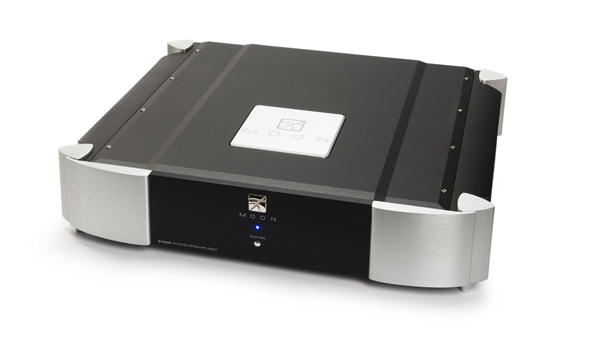 Bouncing between St. Vincent’s current and last album, I can’t help but be in awe of the staying power of the vinyl record. Thanks to the many manufacturers, like Simaudio, who have not only kept the faith, but continue to innovate and refine their designs, spinning records is better than ever in the year 2014 than it ever was. Who knew? Even better much of the technology in flagship designs is making its way down the food chain to more affordable designs like the MOON 610LP here.
Bouncing between St. Vincent’s current and last album, I can’t help but be in awe of the staying power of the vinyl record. Thanks to the many manufacturers, like Simaudio, who have not only kept the faith, but continue to innovate and refine their designs, spinning records is better than ever in the year 2014 than it ever was. Who knew? Even better much of the technology in flagship designs is making its way down the food chain to more affordable designs like the MOON 610LP here.